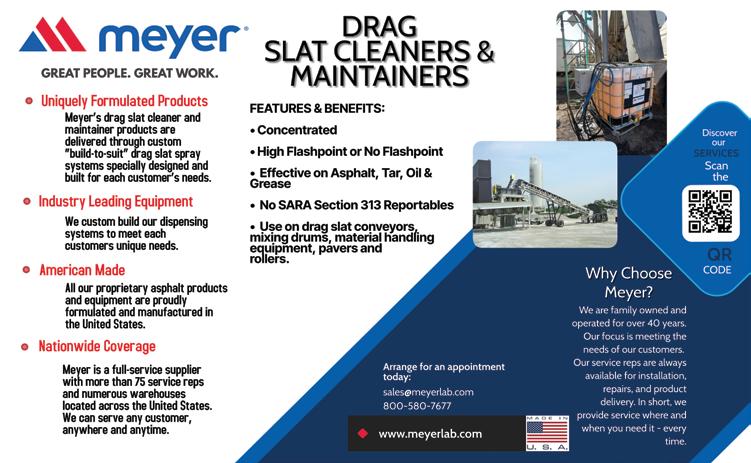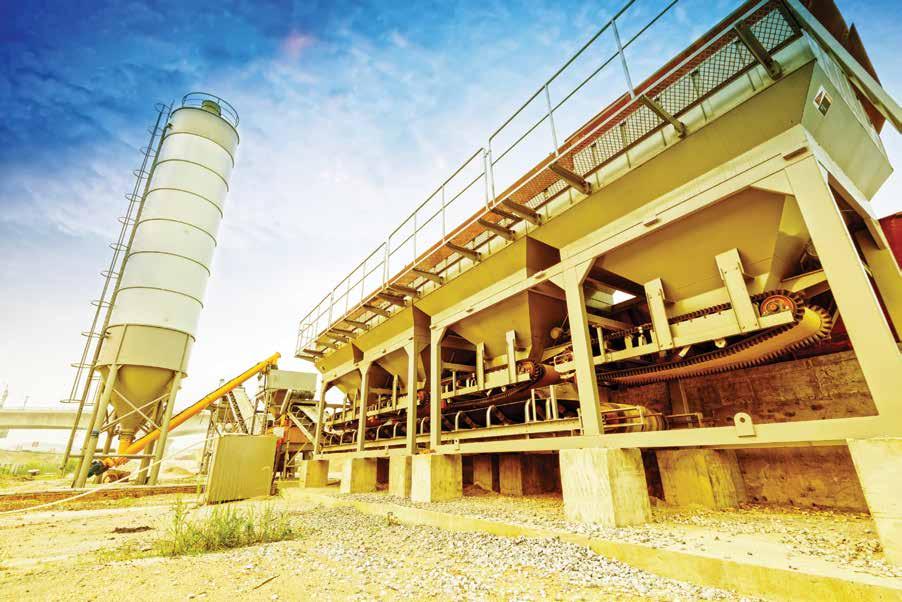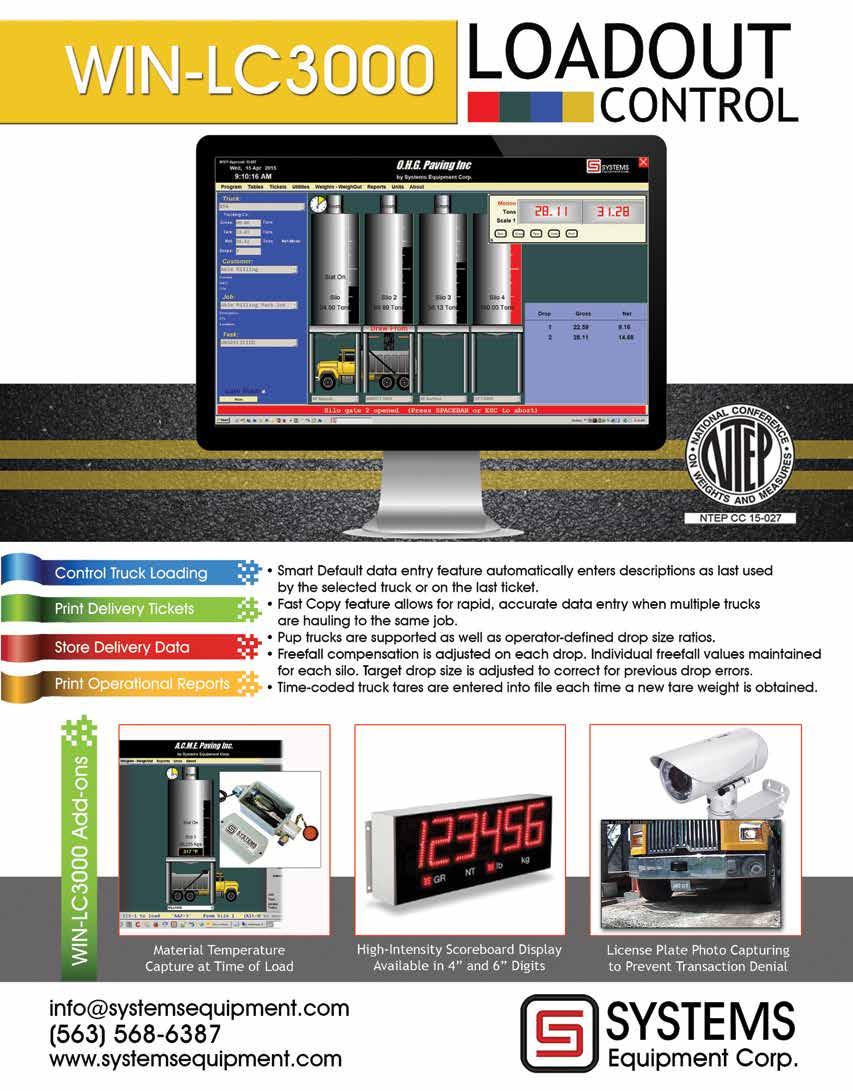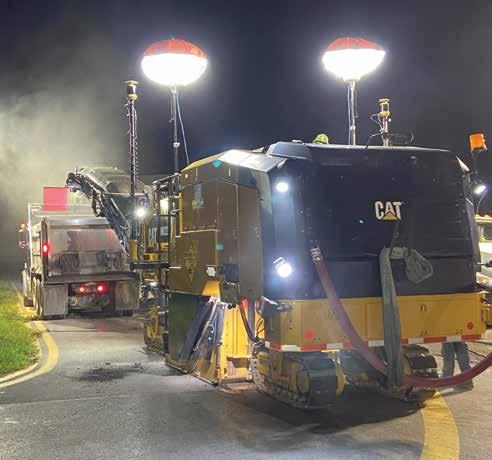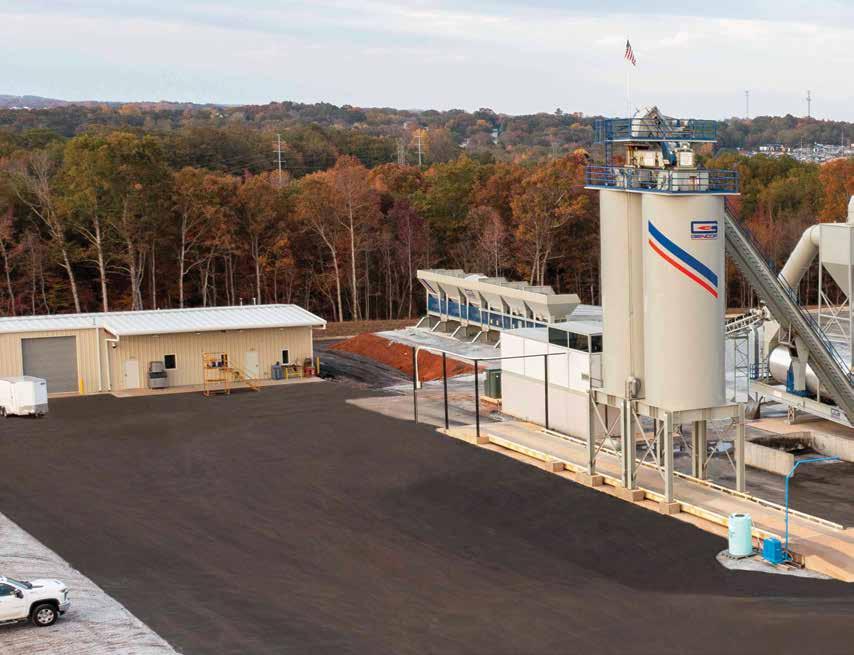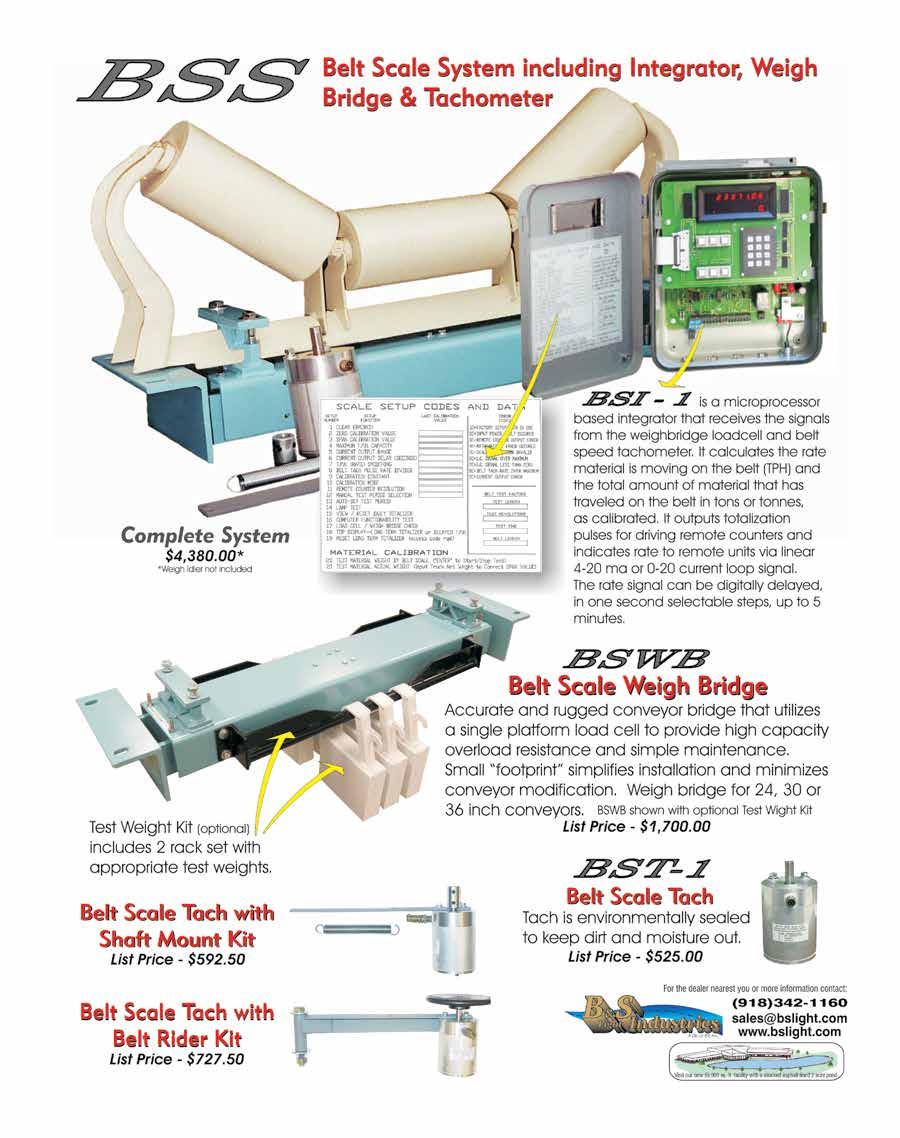
1 minute read
Recycle, Remove Safely
BY ASPHALTPRO STAFF
Acontractor in the Midwest found the crew faced with tearing out multiple driveways, sidewalks, flares and pavement edges before the team could settle into paving. As you can see in the problematic pictures on this page, some of the sections of existing pavement were broken into slabs and removed with the skid steer. There’s nothing wrong with this concept. The execution here requires some discussion.
As you can see in the pictures on this page, a skid steer bucket was employed on this project for transferring broken slabs of cracked pavement to a haul truck for removal from the site.


Using the skid steer bucket to remove rubble from the site would be a perfectly acceptable practice if the crew had been given adequate time to break up the pavement and turn it into rubble. They weren’t given the opportunity to make safe, manageable chunks.
If your crew will be required to remove pavement from tight quarters or from areas where a utility size milling machine isn’t welcome, a jack hammer or pavement saw is your next best option to get the material down to a size that doesn’t pose a hazard to workers or passing motorists/pedestrians.
What ideas can you share for safe and efficient transfer of material on a tight project? What type of excavator or attachment would you recommend for this residential application? Share your ideas with one another on the AsphaltPro Facebook page when this article goes live in June and help keep colleagues safe.
1. Before the skid steer operator began scooping large material into the bucket, the crew should have broken or cut the chunks down further.


2. This situation is precarious at best. The team might believe they’re saving time or manpower by moving large chunks of material with the bucket, but they are placing workers in danger.
3. Which of those chunks will fit nicely through the tailgate at the truck’s destination?
4. All it takes is one bump and the skid steer operator can be badly injured. If he miscalculates any part of this haul, the truck driver or any worker nearby could be badly injured. This is an unsafe practice that can be avoided with a little elbow grease and better planning on the front end of the project. Photographer and contractor information withheld


